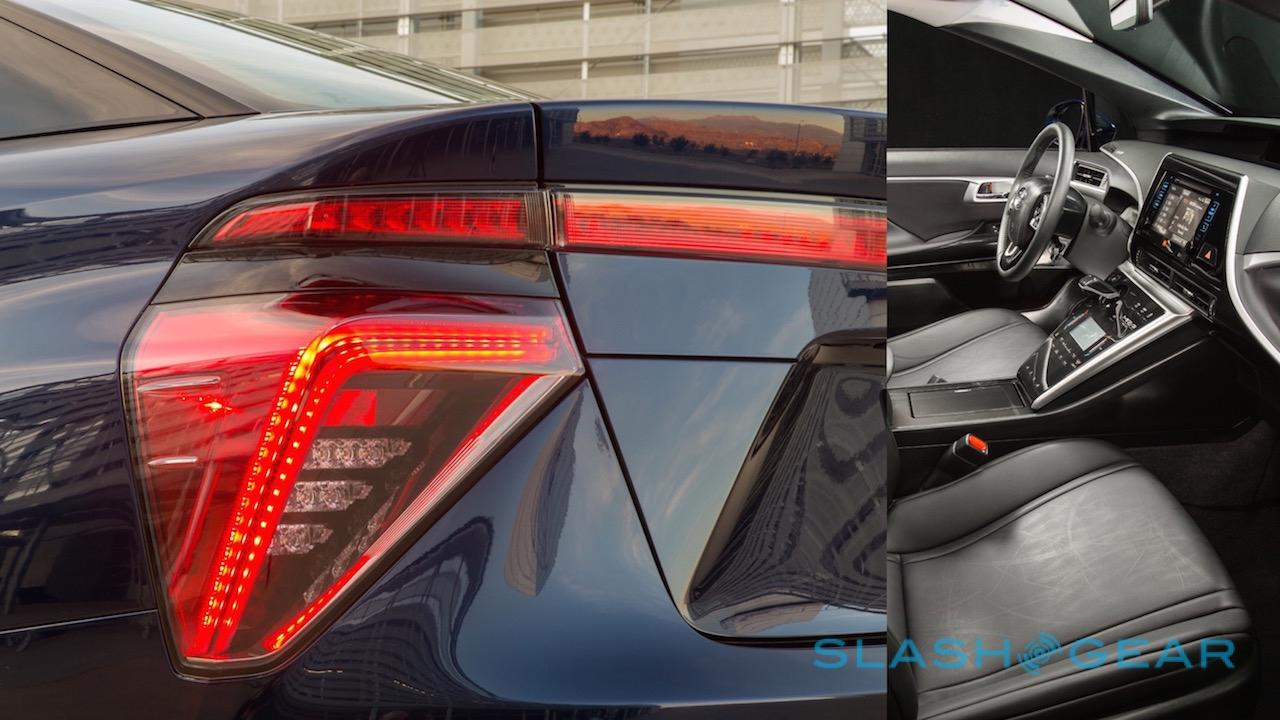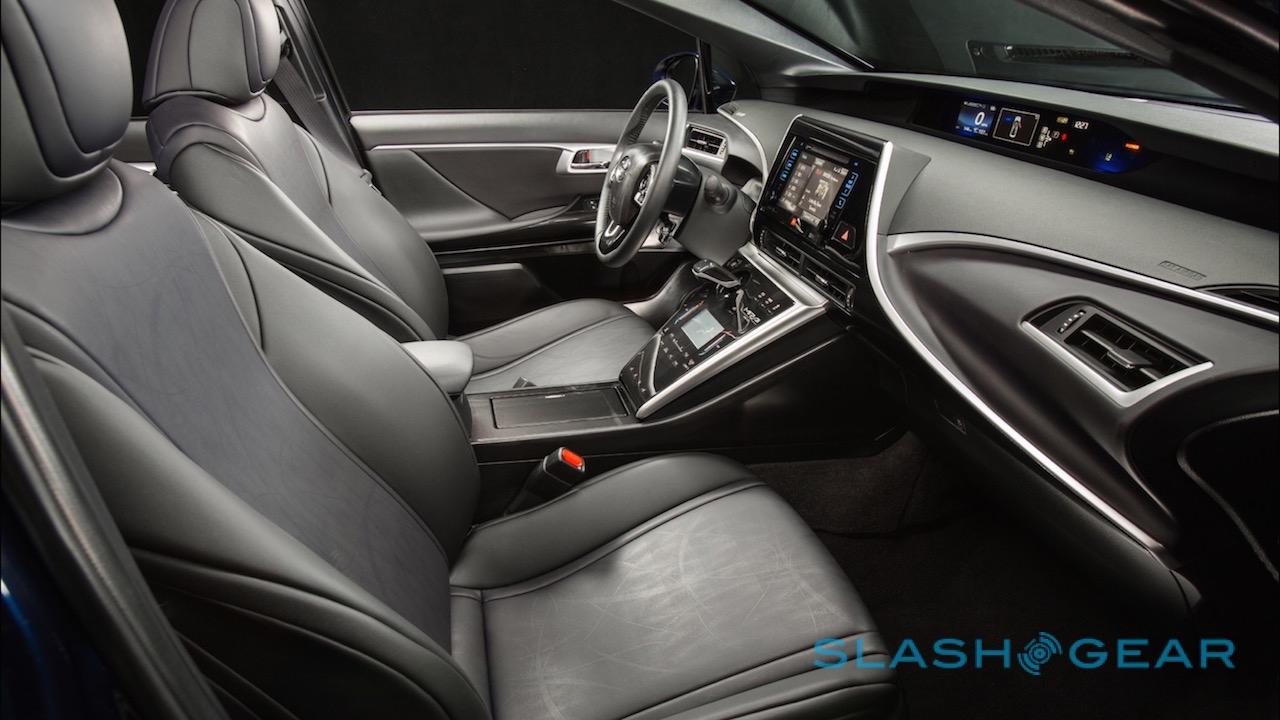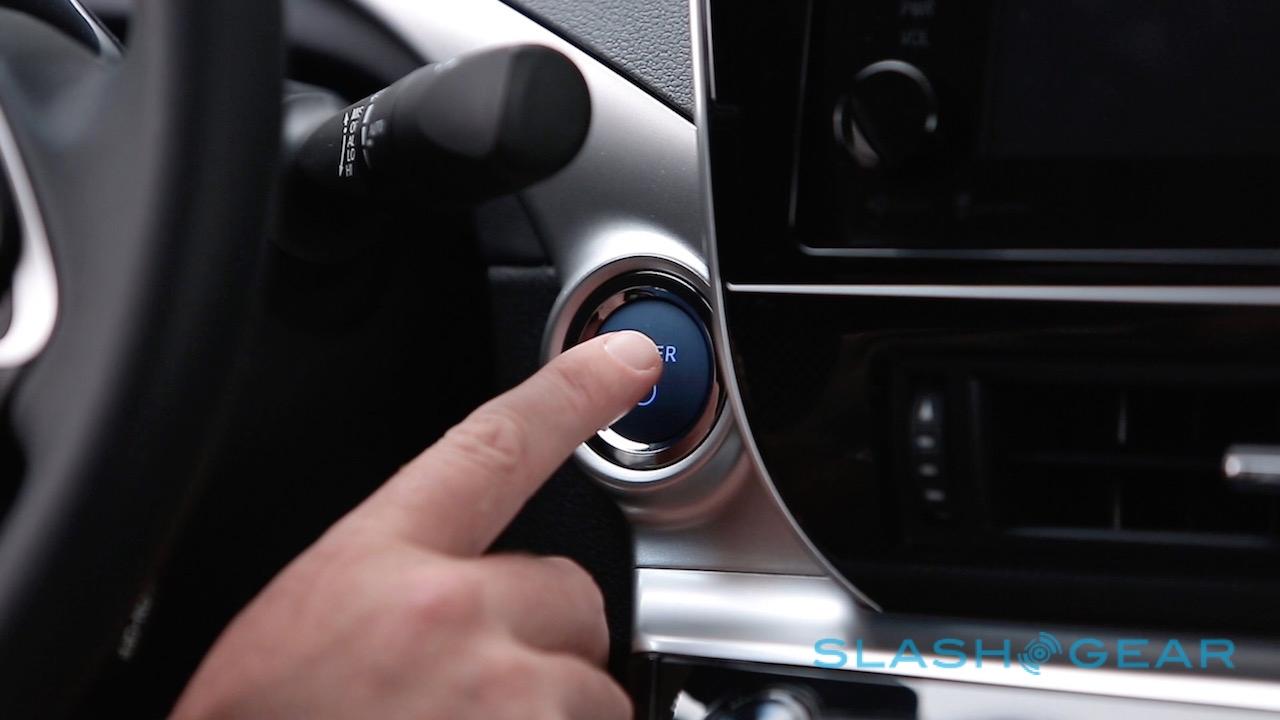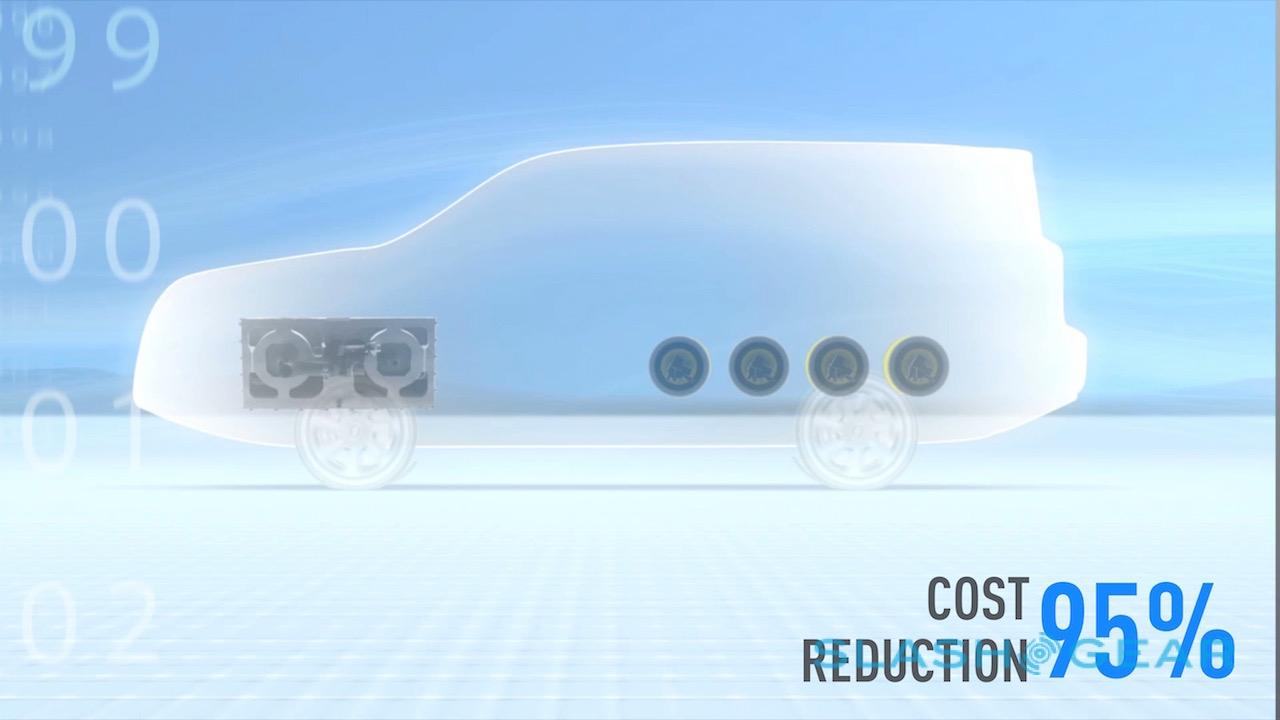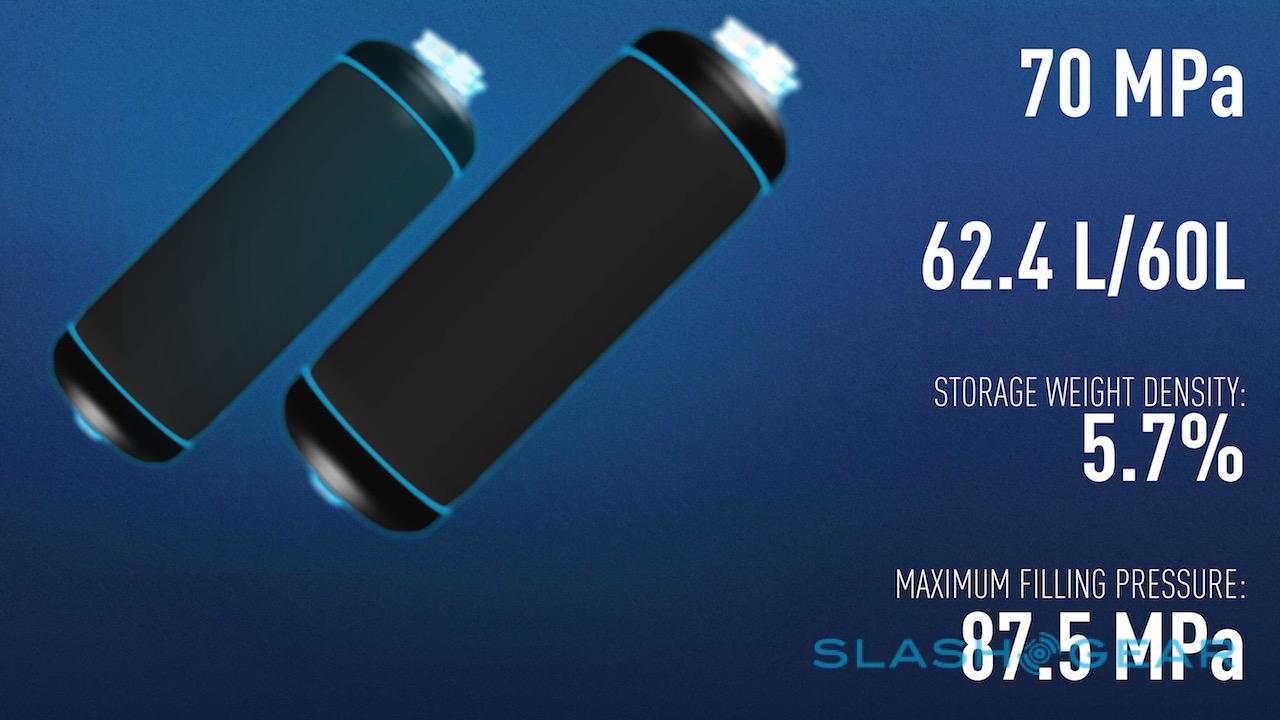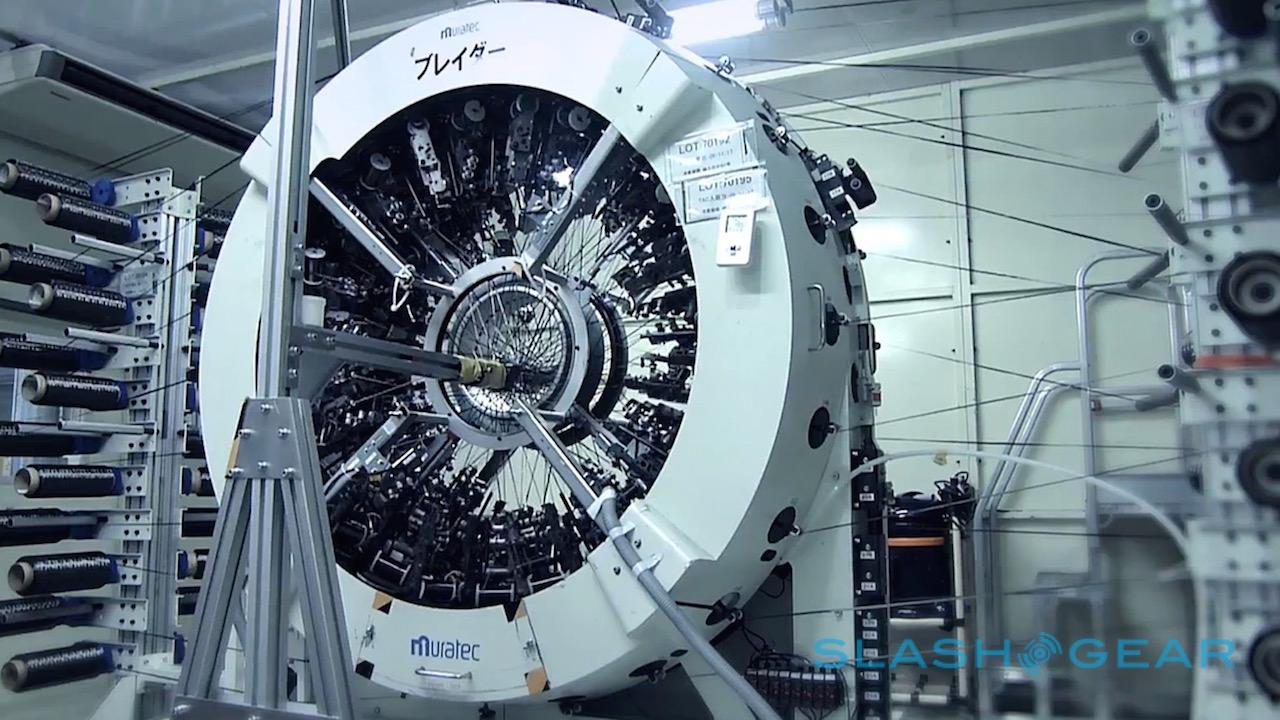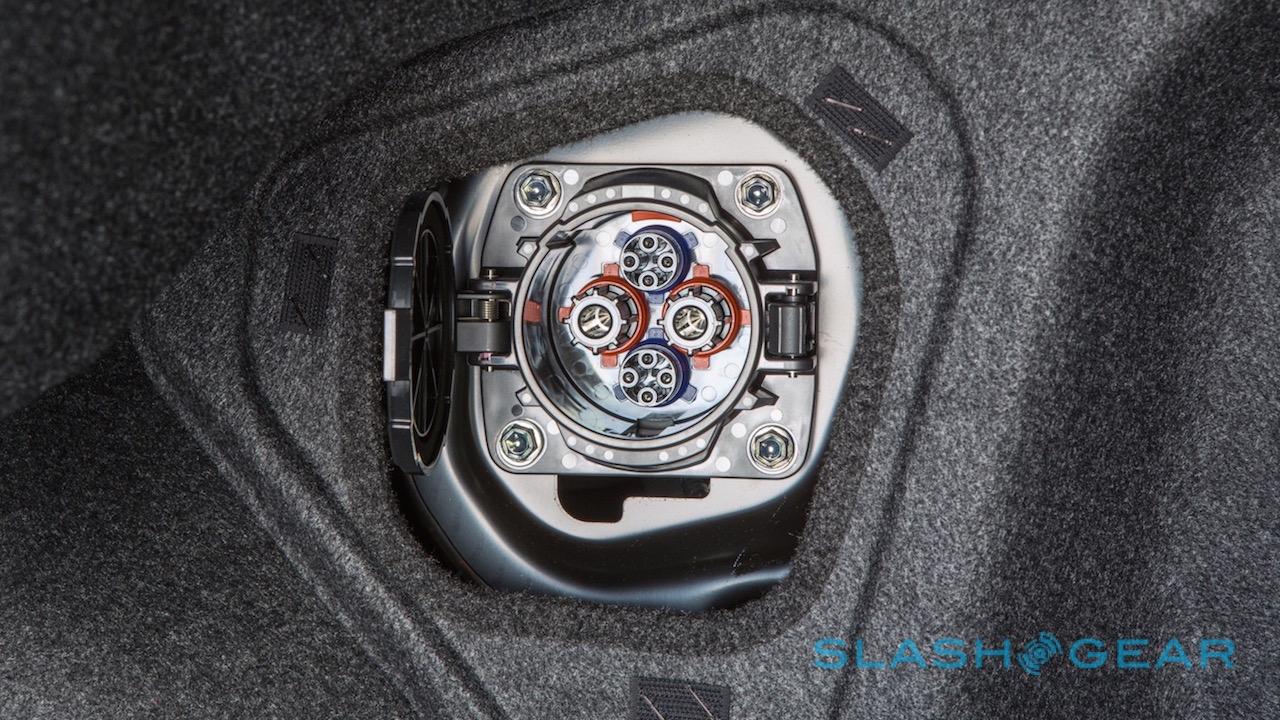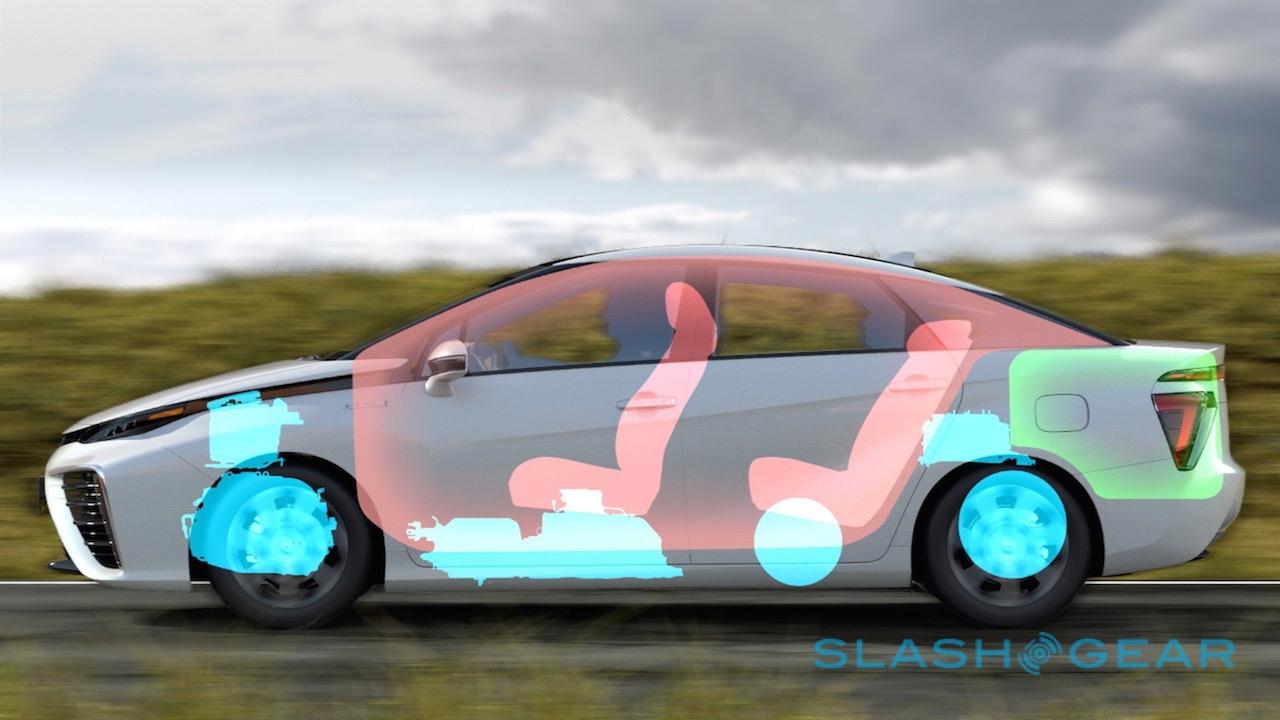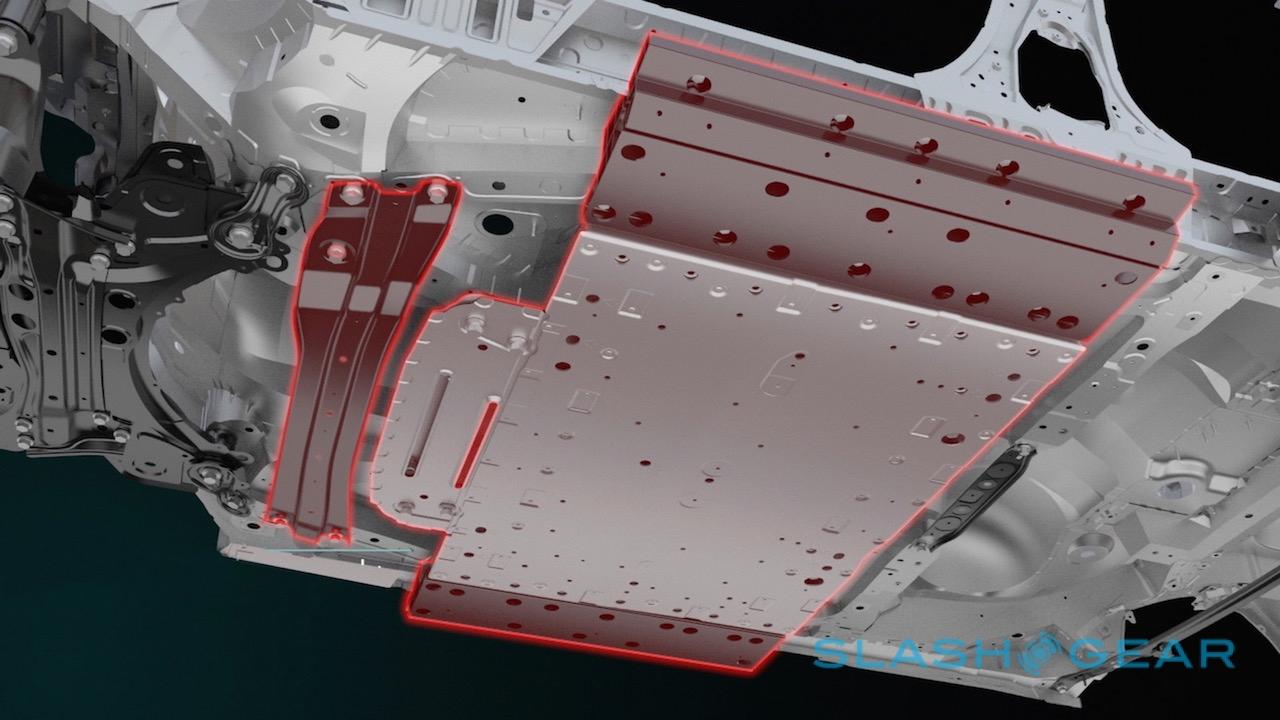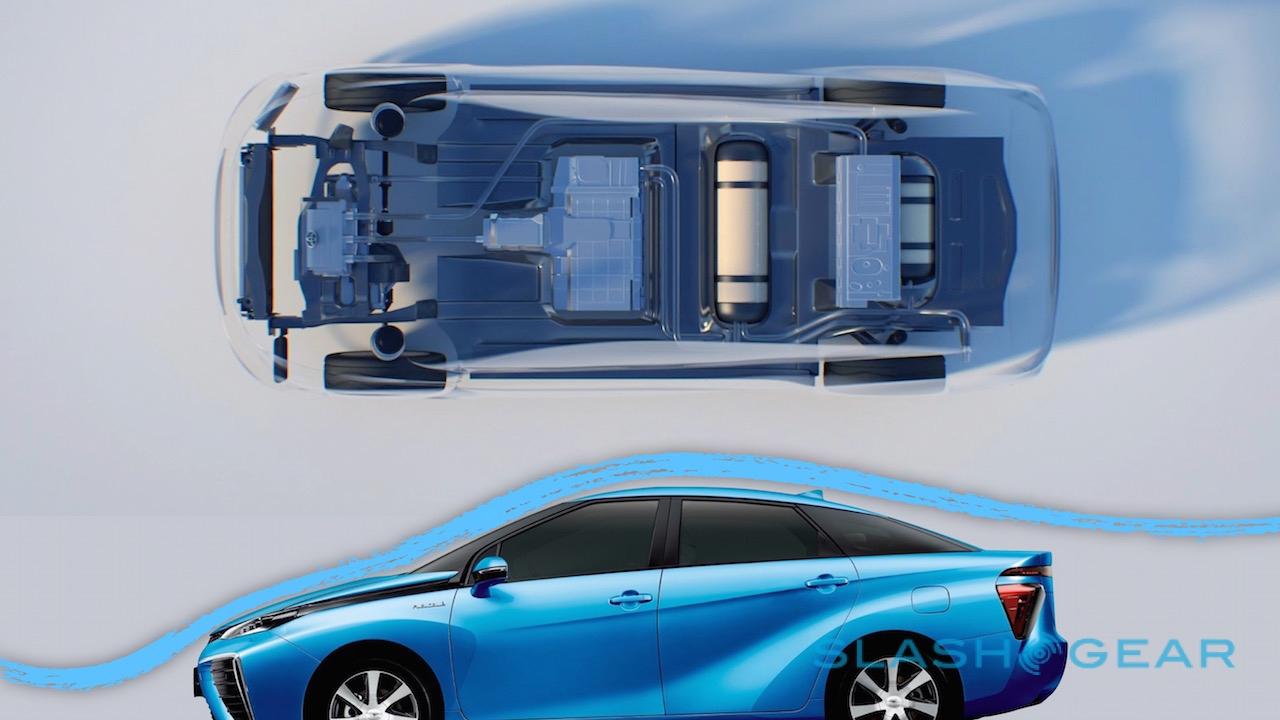Breaking The Toyota Mirai Down By The Numbers
Are fuel-cells finally ready for the mass market? Toyota believes so, and it says it has the numbers to back that up. With the 2016 Mirai set to bring the hydrogen-sipping, water-spitting technology to the road next year – the culmination of twenty years of Toyota's development – it won't necessarily be a fast journey to market success; as Takeshi Uchiyamada, chairman of Toyota's board and "father of the Prius" pointed out, it took around a decade before the company's hybrid sales hit one million globally, punctuated with no small amount of criticism from other industry players along the way. Read on as we break down the Mirai by the sometimes surprising numbers, and even explain that controversial Battlestar Gallactica-esque front.
Much of those twenty years have involved bringing the cost of fuel-cell technology down to a point where it's cost effective to produce. In fact, according to Satoshi Ogiso, managing officer at Toyota and lead on the Product Planning Group for Mirai, the powertrain in the new car is 95-percent less expensive to produce than the fuel-cell system in the 2008 Highlander fuel-cell SUV.
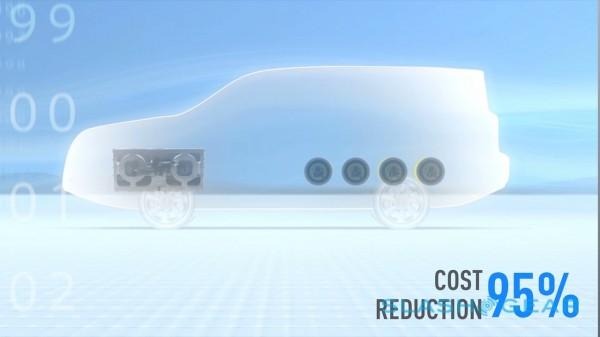
The fuel-cell system itself produces 114 kW, enough on a single tank of hydrogen to drive the Mirai for around 300 miles. However, it can also power the essentials in an average home for up to a week, Ogiso pointed out.
In fact, Toyota is embracing the idea of Mirai as a temporary power source. There'll be an optional Power Take-Off (PTO) device which, if installed, can be used to fuel a house in the case of an emergency. Because fuel-cells are more power dense than regular batteries, the Mirai could produce up to three times the power versus a battery back-up system, while unlike a gas generator there'd be no exhaust fumes to ventilate.
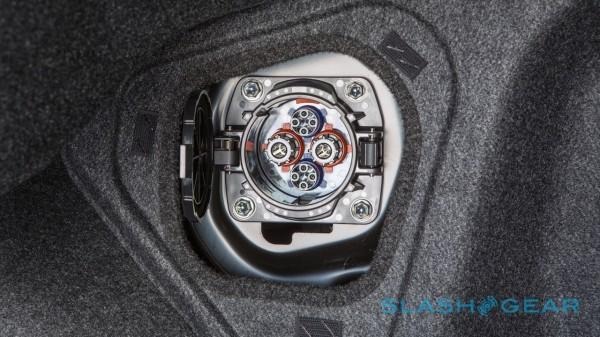
Down the line, Uchiyamada suggested, a fuel-cell car like the Mirai could be used as a buffer for homes equipped with renewable energy sources like wind or solar, picking up the slack when there's insufficient wind or sunlight.
Mira has not one but two hydrogen tanks, one under the rear seats and one just behind them, with 62.4 and 60 liter capacity. They're fueled at 10,000 PSI, and made using a special loom that effectively weaves the outer shell.
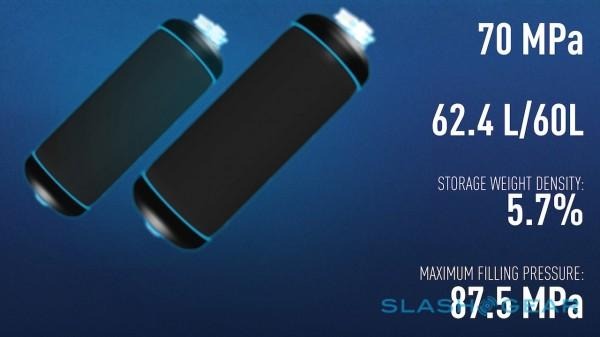
Toyota has some history with looms, in fact. The company was founded in 1926 as the Toyoda Automatic Loom Works, for instance, producing manual and machine-powered looms; meanwhile, luxury division Lexus turned to a far more advanced version of the idea to produce the woven carbon-fiber body of the LFA supercar.
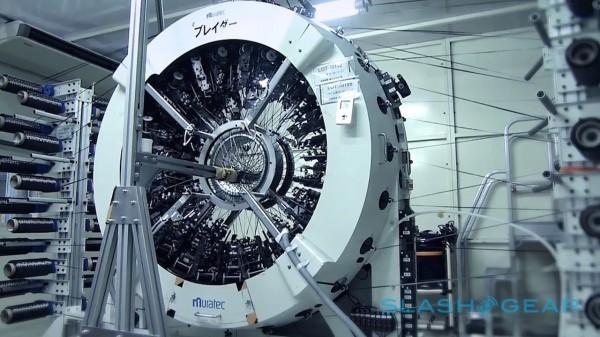
The fuel-cell itself is a world's first, too. Usually, the technology requires a humidifier, which keeps the fuel cell membrane damp and helps with proton transport. Toyota has done away with that component, instead recirculating the very water that the fuel-cell itself produces to do the same thing.
The result is 153 HP from the electric motors, good for a 0-60 mph time of nine seconds. The Mirai will go from 25 to 45 mph in around three seconds, Ogiso says, and though it's not the lightest sedan around at 1,850 kg (4,078 pounds), it's still 100-150kg lighter than a Camry hybrid.
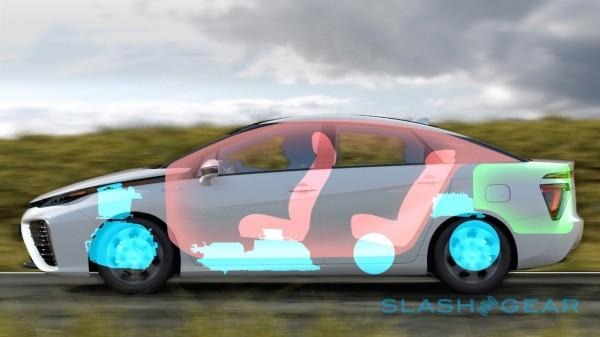
Meanwhile, there's a low center of gravity, because the fuel-cell system is placed low under the front seats. Toyota could cover the underbody of the car completely, too, because the heat output is so much lower than in a traditional gasoline car. That cuts road noise and drag.
As for that controversial styling, according to Ogiso, the form actually follows form in many ways. While there are some visual conceits like the floating-style roof – "If the name of your car means 'the future', it had better be futuristic!" the engineer joked – many of the elements are actually required by the technology itself.
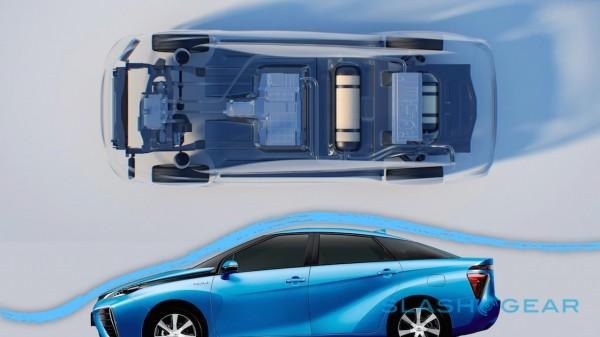
The huge Cylon-like grilles on the front, for instance, are used both to cool the Mirai's three radiators for the fuel-cell system, but also as part of an air management system. The Mirai has a slippery aerodynamic drag coefficient of 0.29.
Toyota may be conservative in its initial production goals, at around 700 Mirai in the first year, it's nonetheless confident about the potential of fuel-cell technology. Uchiyamada claims the company can't say exactly what it has spent on fuel-cells over the past two decades, because Toyota doesn't break down its R&D budget on a project-by-project basis.
Still, a sedan is only the start of it, though, and while it might seem the boring route compared to other styles, according to Toyota it was specifically picked for the challenges it presented.
Because a passenger car like the Mirai has to accommodate a number of people and their luggage, Ogiso pointed out, it means the fuel-cell package has to be smaller. If anything, Uchiyamada suggested, having done the harder work to begin with, fitting fuel-cell engines to other styles will actually be easier since they may not have the same constraints as a passenger vehicle.
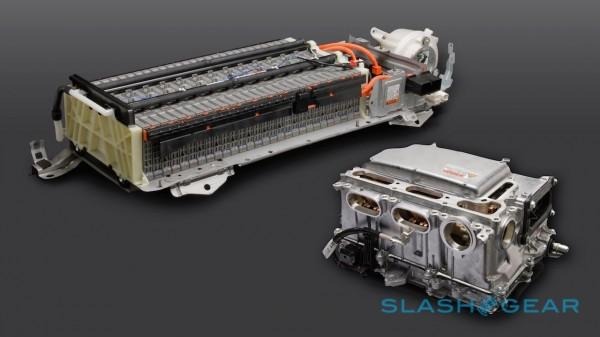
Equally important, though, the Toyota chairman highlighted, is making sure that fuel-cells are seen to be as broadly relevant to drivers as possible.
"Rather than making a sports car – which is popular in a niche market – we wanted to look at the mass market," Uchiyamada said. "We wanted to ensure people embraced our car as the next generation, and let them know that Toyota is really serious about creating the people's car."

